
A day in Ávila, what to see on your trip to this World Heritage City
Ávila is a perfect destination to discover in one day. You can visit impressive monuments such as the old city walls, follow in the footsteps of Saint Teresa of Ávila, savour delicious cuisine and take a stroll along the pretty cobbled streets of the old town. Note down this list of essentials for making the most of your stay.Remember: the city’s location makes it ideal for combining with other nearby destinations over a few days. For example, the World Heritage Cities of Salamanca and Segovia are
Debe activar Javascript para poder utilizar este servicio
-
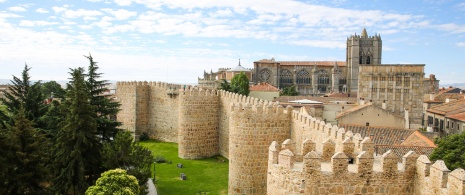
Take a walk around the city walls
The city walls are already impressive when seen from a distance. Today, you can take a walk along 1,700 metres of its ramparts, and there’s an access point adapted for those with reduced mobility. The walls are beautifully preserved, their nine gates included. Guided and dramatised visits are frequently organised between June and September.
-
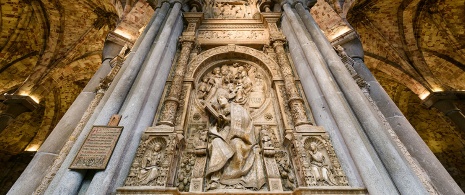
Enter the Cathedral
It’s considered the first Gothic cathedral to have been built in Spain, and from the outside it looks surprisingly like a fortress. In fact the cathedral forms part of the city walls. Inside, the choir and the main altarpiece, the work of Pedro Berruguete and other artists, stand out.
-
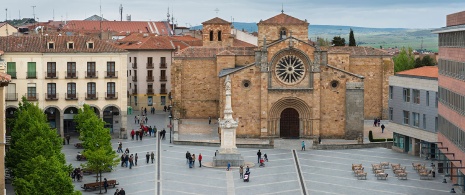
Take a break in the one of the city’s squares
Mid-morning, early evening or whenever you feel like it, it’s always a good time to enjoy a few tapas. The area around the Mercado Chico square (the main square) and the surrounding streets are perhaps the most popular. Some of the most typical tapas are patatas revolconas (potatoes with pork belly, paprika and garlic), torreznos (pork scratchings), mollejas (sweetbreads) and chorizo de olla.
-

Following in the footsteps of Saint Teresa of Ávila
The city of Ávila was the birthplace of Saint Teresa, or “La Santa” as she is known here. A visit to the Convent of Santa Teresa, built on the site of the house where she was born, is a must. The church of San Juan Bautista, the place where she was baptised, is also well worth a visit.
-
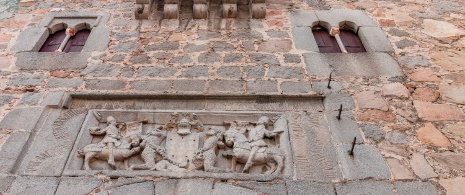
A stroll among palaces and churches
Walking through Ávila is a reminder of times past. Its streets are home to numerous stately houses dating from the 16th and 17th centuries. Visit the Palacio de Santo Tomás, home to a museum of oriental art and natural history, admire the beautiful façades of the Palacio de los Dávila, the Casa de los Núñez Vela, the Palacio de Viana and the Palacio de los Mújica.
-
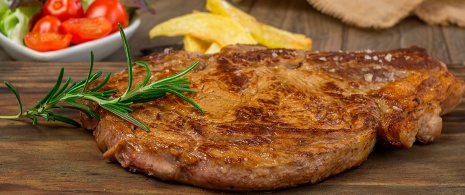
Savour the local cuisine
A stew made with beans from Barco de Ávila, chuletón de ternera (T-bone steak) and for pudding yemas de Santa Teresa make up the city’s most typical menu - Ávila on a plate! Other tasty options are garlic or Castilian style soup, chochifrito (fried suckling pig), and trout (fried, oven baked, or pickled). For dessert, you have fruit, such as apples, cherries and figs, or one of the many traditional local sweet treats.
-
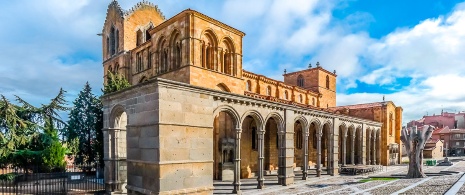
Visit the Romanesque churches
Did you know that the Romanesque churches outside the walls, together with the city walls themselves, are one of Ávila's greatest assets as a World Heritage Site? Among the most important to be discovered are the Basilica of San Vicente, the churches of San Andrés and San Pedro and the San Segundo chapel.
-
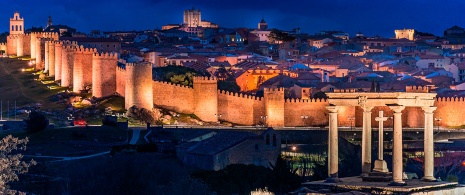
Enjoy a sunset with views across the city
There are lots of places in Ávila with great sunsets, but the most popular might be the one you can enjoy at the Humadillero de los Cuatro Postes, a religious monument. It stands outside the walled city, on the other side of the bridge over the Adaja river. The panoramic view of the city is spectacular, with the walls in the foreground against the changing colours of the sky.
Travel plans for inspiring you













